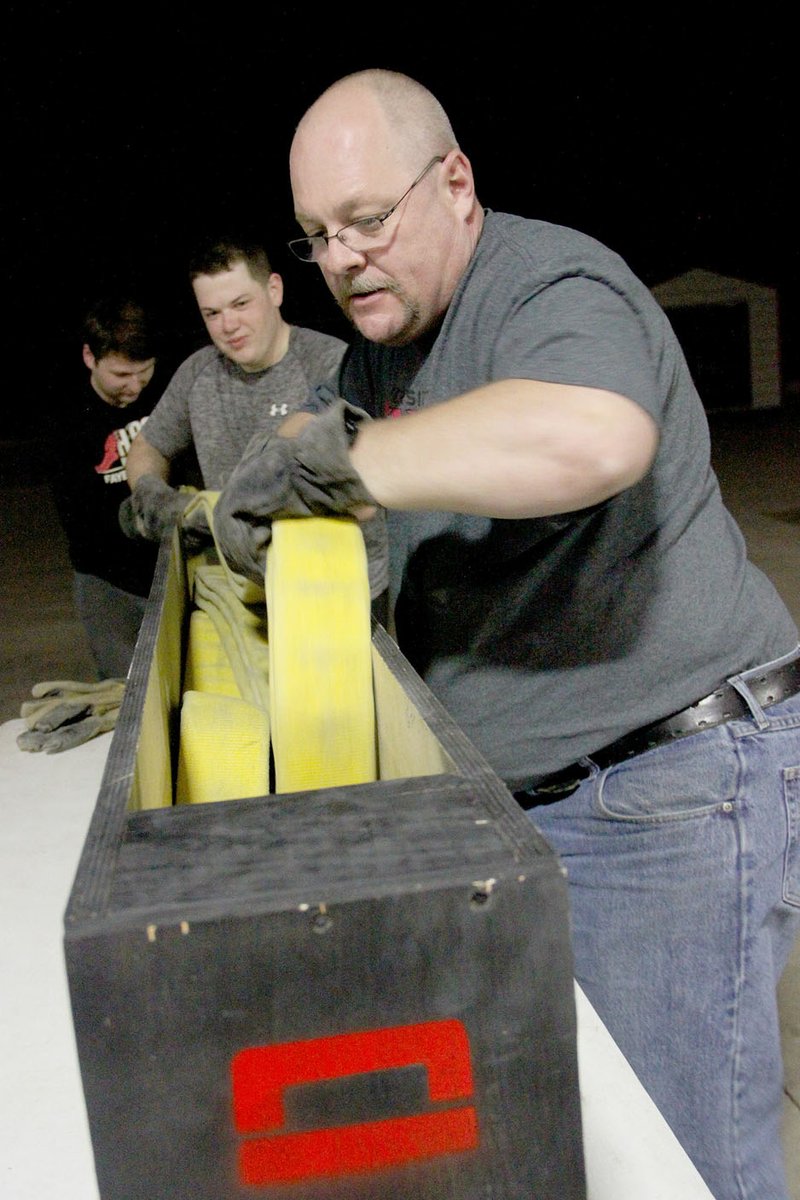FARMINGTON -- Farmington firefighters have been testing different methods to pull water hoses off the truck to determine which is the fastest.
"We want to be able to fight a fire as quickly and as efficiently as possible," said Fire Chief Mark Cunningham.
In the past, Farmington has used what is called a modified flat load deployment, Cunningham said. They have tested a modified minuteman load and a triple layer load.
Last week, firefighters voted on the one they preferred and the vote was unanimous to go with a modified minuteman load for all attack lines.
The name of the load refers to how the lines are loaded back on the truck, Cunningham said.
The modified flat load is the simplest one to load but when deploying the hose, firefighters sometimes have to deal with a "mess of hose" with kinks beside the truck, Cunningham said.
"That's what we are trying to get away from. When people's lives depend on it, you want to get it out as quickly as possible without any kinks," Cunningham said.
To return a water line back to the truck using the triple layer load method requires multiple firefighters. In addition, a larger area is needed to deploy the hose.
Cunningham explained that the modified minuteman load deploys the best out of all three methods and is just a little harder to load the hose back on the truck than the modified flat load method. Using this method, Cunningham said, firefighters are able to advance toward the fire with the least amount of problems.
When loading a 200-foot hose using a modified minuteman, one-half of the hose is loaded first and the nozzle is reconnected to the other end before the rest of the hose is loaded.
This way, Cunningham said, a firefighter can grab the nozzle, put one-half of the line on his shoulder and move toward the fire.
"You have plenty of hose to attack the fire with at first," Cunningham noted.
This load also works well with one or two firefighters, which is usually what Farmington has on the scene initially.
Now that firefighters have chosen which method to use, all attack lines on fire trucks will be loaded using the modified minuteman load.
Farmington firefighters meet for about two hours every Tuesday night for training. Sometimes the session is a presentation or video and other times volunteers train with hands-on exercises.
Farmington Fire Department has three full-time firefighters, including the chief, a full-time position filled by rotating firefighters and 26 volunteers.
General News on 02/08/2017
